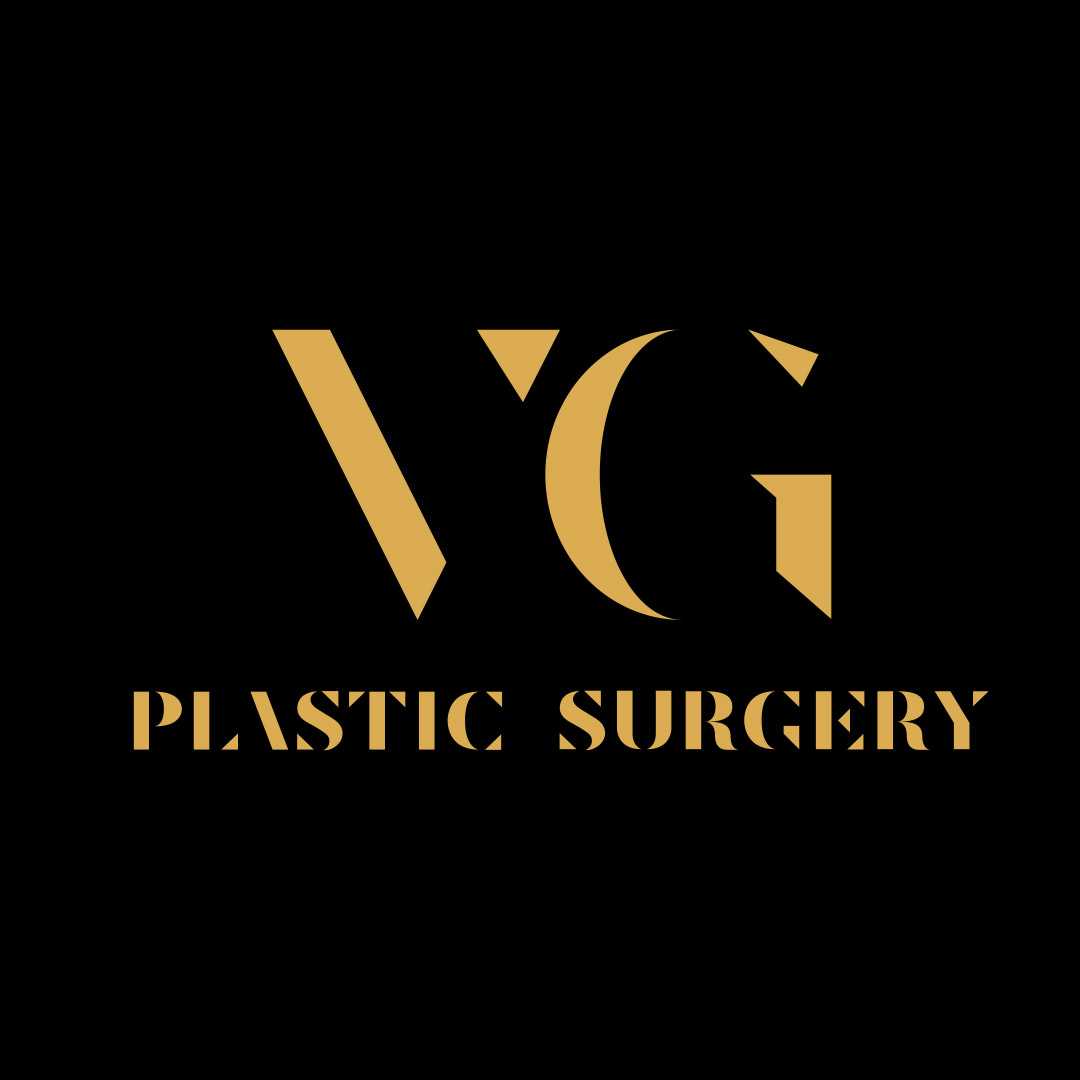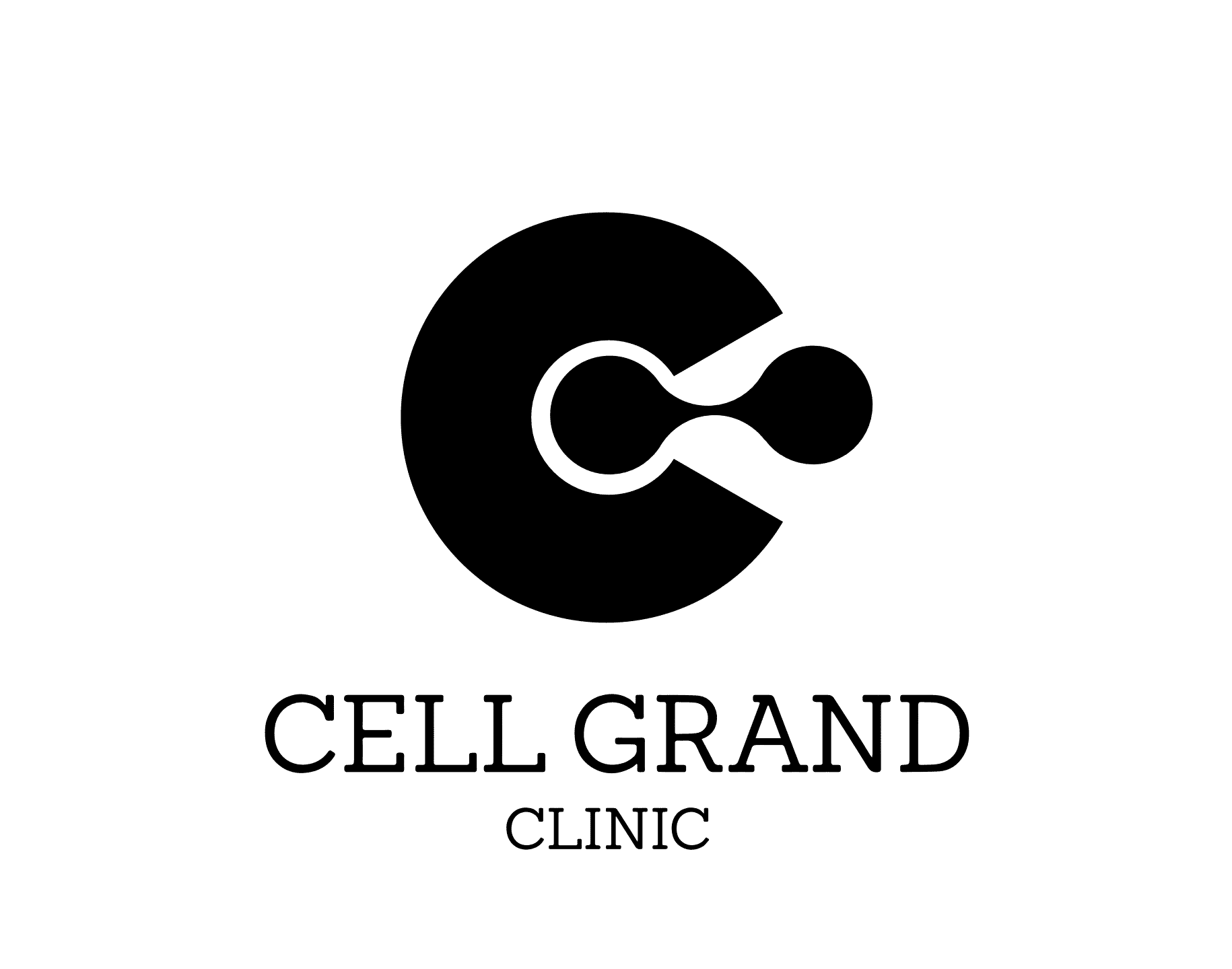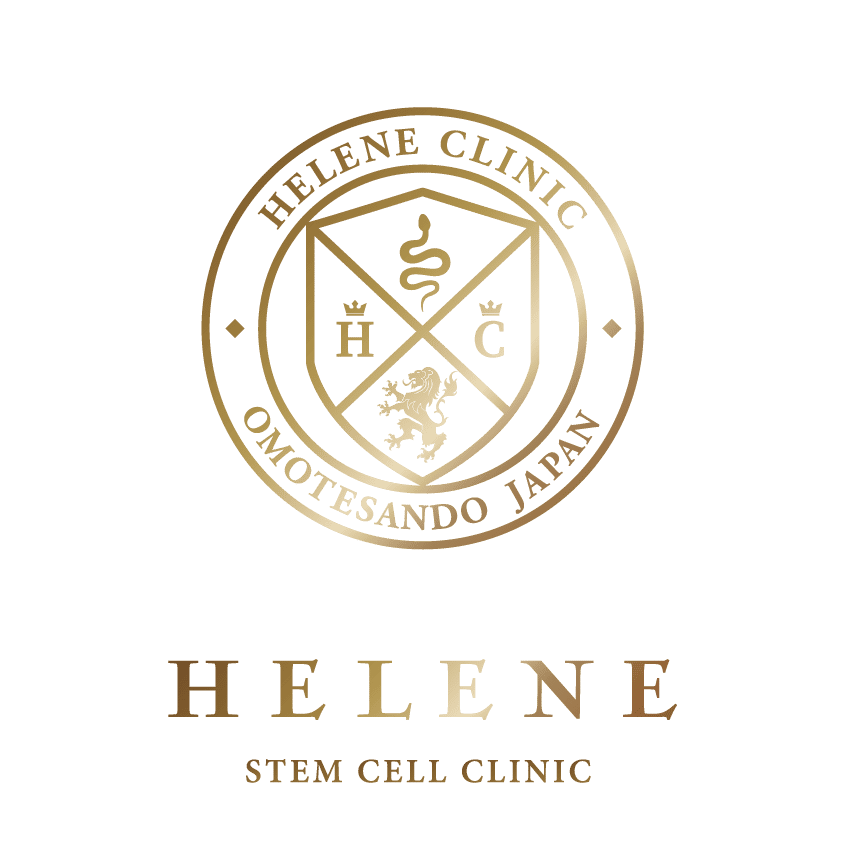Key Takeaways
-
Japan offers a premier safety profile for regenerative medicine, regulated strictly by the Act on the Safety of Regenerative Medicine, ensuring high-quality autologous mesenchymal stem cells (MSCs).
-
Cost savings are significant compared to the US, but Japan positions itself as a premium destination due to advanced cell culturing technologies that maximize potency.
-
Liver Cirrhosis Stem Cell Packages vary globally. Below are the estimated costs for comprehensive treatment packages including procedure and basic medical fees:
-
Japan (Tokyo/Osaka): $12,500 – $25,000 (Average $18,500)
-
South Korea (Seoul): $18,000 – $33,000
-
Turkey (Istanbul): $10,000 – $20,000
-
Mexico (Tijuana/Cancun): $7,000 – $15,000
-
United States: $25,000 – $60,000+ (Often investigational only)
-
What is Stem Cell Therapy for Liver Cirrhosis?
Stem cell therapy for liver cirrhosis is a regenerative medical procedure that uses mesenchymal stem cells (MSCs) to repair damaged liver tissue, reduce inflammation, and reverse fibrosis (scarring) without the immediate need for a liver transplant.
For patients facing end-stage liver disease, stem cell therapy for liver cirrhosis in Japan offers a promising alternative to traditional management. Unlike a liver transplant, which requires a donor and lifelong immunosuppression, this therapy utilizes the patient's own cells (autologous) or ethically sourced cord tissue (allogeneic) to stimulate the liver's natural healing ability.
When administered, these cells migrate to the damaged liver tissue—a process called homing. Once there, they exert paracrine effects, releasing growth factors and cytokines that:
-
Inhibit inflammation: Stopping the chronic attack on liver cells.
-
Degrade scar tissue: Breaking down the fibrosis that characterizes cirrhosis.
-
Promote regeneration: Stimulating existing hepatocytes (liver cells) to multiply and restore function.
Types of Stem Cells Used
-
Autologous Adipose-Derived MSCs: Extracted from the patient's own fat tissue. This is the most common method in Tokyo, Japan due to high cell yield and safety.
-
Bone Marrow-Derived MSCs: Harvested from the hip bone; traditional but more invasive.
-
Umbilical Cord MSCs: Allogeneic cells used in some international clinics; praised for their youth and vitality.
Why Choose Japan for Liver Regeneration?
Japan is a global leader in regenerative medicine, offering the world's most robust legal framework for cell therapies, ensuring that patients receive safe, cultured, and highly potent stem cell treatments not yet available in the West.
The primary driver for choosing regenerative medicine in Japan is the Act on the Safety of Regenerative Medicine. This legislation allows clinics to legally provide advanced cell therapies that are still in clinical trial phases in the US (FDA).
Key Advantages:
-
Cell Culture Technology: Japanese clinics don't just "spin" blood. They culture cells for 3-4 weeks to reach hundreds of millions of potent cells, significantly increasing the therapeutic dose compared to same-day procedures in other countries.
-
Safety & Oversight: Every clinic must be licensed by the Ministry of Health, Labour and Welfare, ensuring strict sterility and processing standards.
-
Advanced Delivery: Hospitals in Osaka and Kyoto often use hepatic artery infusion, delivering cells directly into the liver rather than just through a peripheral vein.
Did You Know?
Japan was the first country to fast-track regenerative medicine approvals, meaning treatments for chronic liver failure often reach patients in Tokyo years before they are available in New York or London.
Cost of Stem Cell Therapy for Liver Cirrhosis in Japan
The cost of stem cell therapy for liver cirrhosis in Japan ranges from $12,500 to $25,000, depending on the cell count (e.g., 200 million cells) and the administration method (IV vs. arterial injection).
While medical tourism costs in Mexico are lower, Japan offers a middle ground—cheaper than the US but with higher technological standards than many budget destinations. The price typically covers cell harvesting, weeks of laboratory culturing, the infusion procedure, and post-treatment monitoring.
Global Cost Comparison: Liver Cirrhosis Stem Cell Treatment
| Destination | Estimated Cost (USD) | Technology Level | Regulatory Oversight |
| Japan (Tokyo) | $12,500 – $25,000 | High (Cultured Cells) | Strict (Govt. Approved) |
| South Korea (Seoul) | $18,000 – $33,000 | High (Advanced Biotech) | Moderate to High |
| Turkey (Istanbul) | $10,000 – $20,000 | Moderate | Moderate |
| Mexico (Tijuana) | $7,000 – $15,000 | Moderate | Variable |
| USA | $25,000 – $60,000+ | Variable | Restrictive (FDA) |
| Thailand | $15,000 – $20,000 | Moderate | Moderate |
Note: Prices are estimates and depend on the patient's specific medical condition and the number of stem cells required.
Expert Insight:
"Patients prioritizing budget often choose stem cell therapy in Tijuana Mexico, while those prioritizing regulatory safety and high cell counts often prefer regenerative clinics in Tokyo Japan."
Candidacy and Success Rates
Ideal candidates are those with compensated or early decompensated cirrhosis (Child-Pugh A or B) who have sufficient liver function to respond to stimulation; success is measured by improved albumin levels and reduced MELD scores.
Not everyone is a candidate. Leading liver specialists in Japan typically require:
-
Diagnosis: Alcoholic cirrhosis, NASH (Non-Alcoholic Steatohepatitis), or Autoimmune Hepatitis.
-
Stability: No active liver cancer (HCC) or severe, uncontrolled infection.
-
Platelet Count: Sufficient levels to safely undergo the procedure.
Expected Outcomes
Data from Japanese clinical applications suggests:
-
Albumin Improvement: 60-70% of patients see a rise in albumin (a key protein made by the liver) within 3-6 months.
-
Fibrosis Reduction: FibroScan results often show a decrease in liver stiffness (kPa).
-
Symptom Relief: Reduction in fatigue, improved appetite, and decrease in ascites (fluid retention).
Procedure Details: The Japan Protocol
The treatment typically involves two visits: a short initial visit for tissue harvesting (fat or blood) and a second visit 3-4 weeks later for the infusion of the cultured, high-potency stem cells.
-
Consultation & Screening: Review of medical history, MRI/CT scans, and blood work.
-
Harvesting (Visit 1): A mini-liposuction (under local anesthesia) is performed to collect a small amount of adipose tissue.
-
Culturing (The "Japan Difference"): The tissue is sent to a specialized Cell Processing Center (CPC). Over 3-4 weeks, stem cells are expanded from a few million to 100-200 million cells.
-
Infusion (Visit 2): The patient returns. Cells are administered via intravenous drip (IV) or catheterization directly into the hepatic artery.
-
Observation: A short observation period (few hours) before discharge.
Risks and Side Effects
While considered safe, risks can include minor procedural pain, bleeding at the harvest site, or a temporary fever; embolization is a rare but serious risk associated with arterial delivery.
Because autologous stem cells come from the patient's own body, the risk of immune rejection is effectively zero. However, standard medical risks apply:
-
Infection: Rare, due to strict Japanese sterility standards.
-
Cell Homing Issues: Cells trapped in lungs (pulmonary first-pass effect) if not administered correctly.
-
Cost Risk: Therapy is not guaranteed to reverse end-stage disease.
Safety Note: Always ensure your clinic provides a certificate of cell count and viability.
Frequently Asked Questions (FAQ)
Is stem cell therapy for liver cirrhosis approved in Japan?
Yes, under the "Act on the Safety of Regenerative Medicine," certified clinics can legally provide stem cell therapy for liver cirrhosis. It is not "FDA approved" in the US sense, but it is government-regulated and legal in Japan.
How long does the stem cell liver treatment take?
In Japan, it typically requires two trips. The first for harvesting (1 day) and the second for infusion (1 day) about 3-4 weeks later. Some clinics allow remote coordination for the first step if using allogeneic (donor) cells, reducing it to one trip.
Can stem cells cure liver cirrhosis completely?
No, there is currently no "cure" for cirrhosis other than transplant. Stem cell therapy is a management tool designed to reverse fibrosis, improve function, and delay or prevent the need for a transplant.
What is the success rate of liver stem cell therapy?
Clinical data suggests roughly 60-70% of patients experience measurable improvement in biochemical markers (like albumin and bilirubin) and quality of life. Results vary by disease stage.
How much does stem cell therapy cost in Turkey vs Japan?
Stem cell therapy for liver cirrhosis in Turkey averages $10,000–$20,000, while Japan averages $12,500–$25,000. Japan is slightly more expensive due to rigorous cell culturing standards.
Is the procedure painful?
The procedure is minimally invasive. Liposuction for fat harvesting is done under local anesthesia, causing minor soreness. The infusion itself is painless, similar to receiving an IV drip.
Does insurance cover stem cell therapy for cirrhosis abroad?
Generally, no. Most international insurance providers consider this an "experimental" or "elective" procedure. Patients usually pay out-of-pocket.
Ready to Explore Your Options?
Taking the step toward regenerative medicine is a major decision. Whether you are considering the high-tech safety of Japan, the affordability of Mexico, or the all-inclusive care in Turkey, PlacidWay can help you compare quotes from certified medical centers.



.png)




.jpg)

.png)
.png)





Share this listing